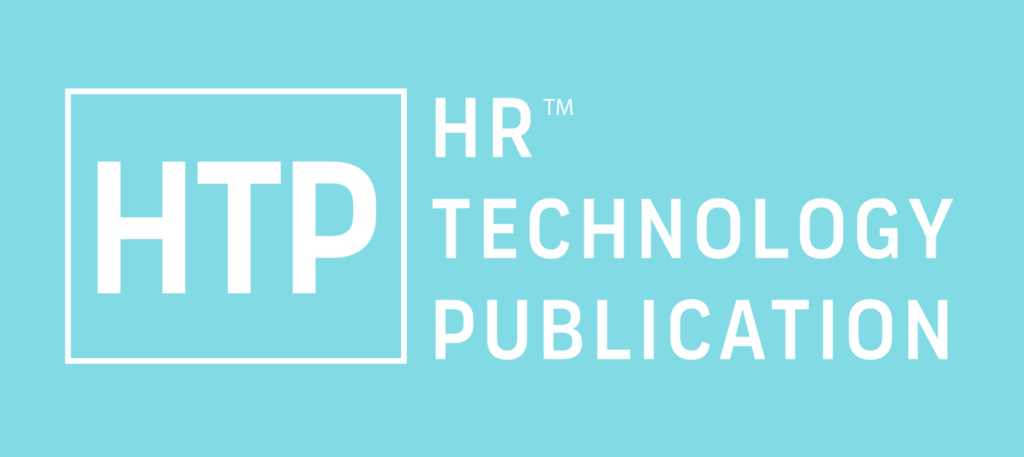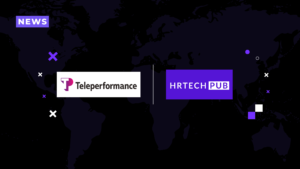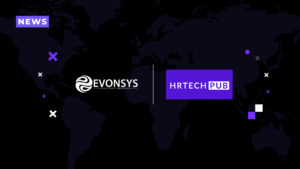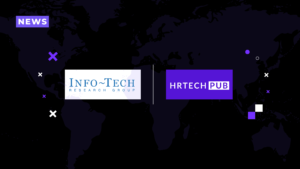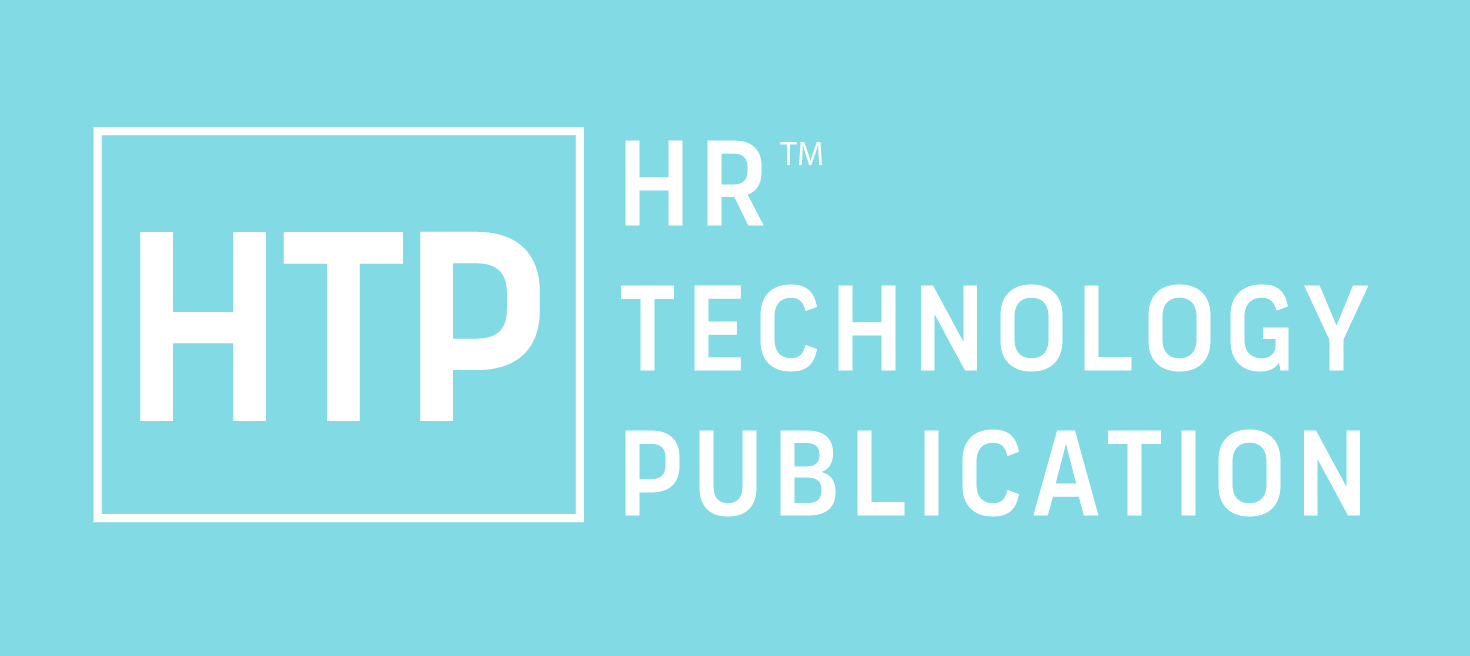In today’s digital age, brands struggle to cut through the noise and reach their target audience. Traditional marketing methods are becoming increasingly saturated, forcing companies to get creative. One powerful solution lies within their most valuable asset: their employees.
Enter Employee Advocacy Programs. These programs leverage the social reach and trusted voices of your workforce to amplify your brand message. Think of it as an army of brand ambassadors organically promoting your company to their networks. The results are impressive: According to LinkedIn, companies with successful employee advocacy programs are 58% more likely to attract top talent and 20% more likely to retain them.
Why Employee Advocacy Programs Matter
Here are some compelling reasons to consider an employee advocacy program:
- Increased Brand Reach: Employees typically have vast social media networks, extending your brand message far beyond traditional marketing channels. A study by Nielsen found that people are 4 times more likely to trust information shared by friends and family than advertising. By leveraging employee voices, you tap into this inherent trust factor and reach a wider audience.
- Enhanced Brand Credibility: Employees advocating for your brand foster authenticity. Consumers perceive content shared by employees as less biased and more genuine compared to traditional marketing messages. This builds trust and credibility for your brand.
- Improved Employer Branding: Employee advocacy showcases your company culture and employee experience. Positive social media posts highlighting a happy and engaged workforce attract top talent and strengthen your employer’s brand.
- Boosted Employee Morale: When employees feel empowered to share their positive experiences and contribute to the company’s success, it fosters a sense of pride and belonging. This can lead to increased employee morale and engagement.
- Cost-Effective Marketing: Compared to traditional marketing campaigns, employee advocacy programs are a cost-effective way to reach a wider audience. You leverage your existing workforce, minimizing marketing spend.
HR Tech: Powering Employee Advocacy Programs
The rise of HR technology (HR Tech) has revolutionized employee advocacy programs. Let’s explore how these tools can streamline and enhance your program:
- Content Curation and Distribution Platforms: Platforms like GaggleAMP and EveryoneSocial curate pre-approved, shareable content for employees. This removes the burden of content creation from employees while ensuring brand consistency. These platforms offer one-click sharing options, making it effortless for employees to share content across their social media networks.
- Gamification and Recognition Tools: Platforms like Ambassador and SocialChorus incorporate gamification elements like points, badges, and leaderboards to incentivize employee participation. Recognition features allow you to publicly acknowledge top advocates, further boosting engagement.
- Analytics and Reporting Tools: Track the performance of your program with insightful analytics provided by these platforms. Measure metrics like content reach, engagement rates, and website traffic to understand what resonates with your audience and refine your strategy accordingly.
Building a Successful Employee Advocacy Program
Here are some key steps to build a thriving employee advocacy program:
Establish Clear Goals and Objectives
- The foundation of any successful HR Tech-driven advocacy program lies in clear and well-defined goals. Begin by identifying what you aim to achieve with your program. Whether it’s enhancing brand awareness, driving more traffic to your website, or attracting top talent, your goals should be aligned with both your marketing and HR strategies. This alignment ensures that your advocacy efforts resonate with your broader organizational objectives, creating a cohesive and impactful approach.
Foster a Culture of Advocacy
- Creating a culture where employees naturally want to advocate for the brand is crucial. To foster this culture of advocacy, focus on building trust, transparency, and open communication within your organization. When employees feel valued and informed, they are more likely to become genuine brand ambassadors. Encourage feedback and ideas from all levels of the organization, and recognize and celebrate employees who embody your brand values. This not only boosts morale but also reinforces the importance of advocacy as a shared responsibility.
Provide Training and Resources
- To empower your employees to advocate effectively, it’s essential to provide them with the necessary training and resources. Consider organizing training sessions on social media best practices, content creation tips, and guidelines for representing the brand online. Additionally, offers access to tools and platforms that simplify content sharing and amplify their reach. By investing in your employees’ knowledge and skills, you equip them to participate confidently and authentically in your advocacy program.
Make Participation Easy and Rewarding
- One of the keys to a successful advocacy program is making participation as easy and rewarding as possible. Utilize HR Tech solutions to streamline content-sharing processes, making it simple for employees to share company news, achievements, and content with their networks. To incentivize participation, consider implementing gamification elements, such as leaderboards, challenges, or rewards for top advocates. Recognition programs, where employees are acknowledged and rewarded for their advocacy efforts, can also boost engagement and motivation.
Measure and Adapt
- Continuous measurement and adaptation are essential for the long-term success of your advocacy program. Utilize hr analytics tools to track key performance indicators (KPIs) such as engagement levels, reach, and ROI. Regularly review these metrics to identify trends, successes, and areas for improvement. Use this data-driven approach to refine your strategy, focusing on tactics that yield the best results and adjusting or eliminating those that don’t. By staying agile and responsive, you ensure that your advocacy program remains effective and aligned with your evolving goals and objectives.
Employee Advocacy Programs: A Win-Win for Businesses and Employees
Implementing a well-structured employee advocacy program benefits both businesses and employees. Businesses gain a powerful marketing tool with increased brand reach, enhanced credibility, and improved employer branding. Employees get the opportunity to contribute to the company’s success, feel valued, and potentially expand their professional networks.
The Future of Employee Advocacy Programs
Employee advocacy programs are poised for continued growth. As social media platforms evolve and HR Tech solutions become more sophisticated, we can expect to see increased adoption of these programs.
Here are some exciting trends to look forward to:
- Artificial Intelligence (AI) Powered Content Curation: AI can personalize content recommendations for employees based on their interests and expertise.
- Integration with Communication Platforms: Expect seamless integration of employee advocacy tools with internal communication platforms, fostering a more cohesive brand experience for employees.
Conclusion
In today’s competitive landscape, employee advocacy programs offer a strategic advantage. By leveraging the power of your workforce and the capabilities of HR Tech, you can amplify your brand message, build trust with your audience, and achieve your marketing and employer branding goals.
